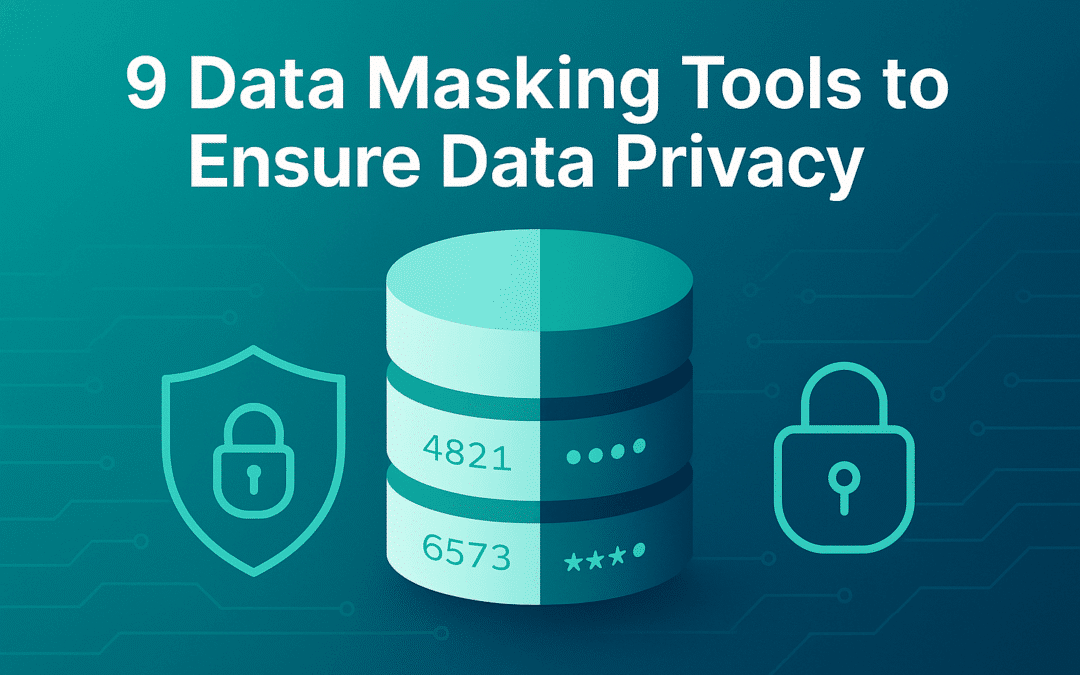
by Enov8 | Nov 18, 2025 | Blog
It’s the normal case with software buzzwords that people focus so much on what something is that they forget what it is not. DevOps is no exception. To truly embrace DevOps and cherish what it is, it’s important to comprehend what it isn’t. A plethora...

by Enov8 | Nov 12, 2025 | Blog
Testing is an essential part of maintaining a healthy Guidewire environment. But because Guidewire applications handle large volumes of personally identifiable information (PII), simply copying production data for testing or training isn’t an option. This is where...

by Enov8 | Nov 6, 2025 | Blog
Testing is an integral and vital part of creating software. In fact, test code is as important as your production code. When you create test code, you need to create test data for your code to work against. This post is about the different types of test...

by Enov8 | Nov 1, 2025 | Blog
In the world of enterprise software, release management is a crucial process that ensures the successful planning, execution, and monitoring of software releases. As the name suggests, release managers are responsible for coordinating various stakeholders, including...

by Enov8 | Nov 1, 2025 | Blog
As organizations collect, process, and replicate data across more systems than ever before, the risk of exposure increases dramatically. Sensitive information that’s safely stored in production databases often becomes vulnerable when copied into test, training, or...

by Enov8 | Oct 23, 2025 | Blog
Both DevSecOps and cybersecurity are gaining a lot of interest and demand in the IT industry. With everything going digital, security has become one of the main focuses of every organization. And DevSecOps and cybersecurity are the supreme practices to achieve high...







